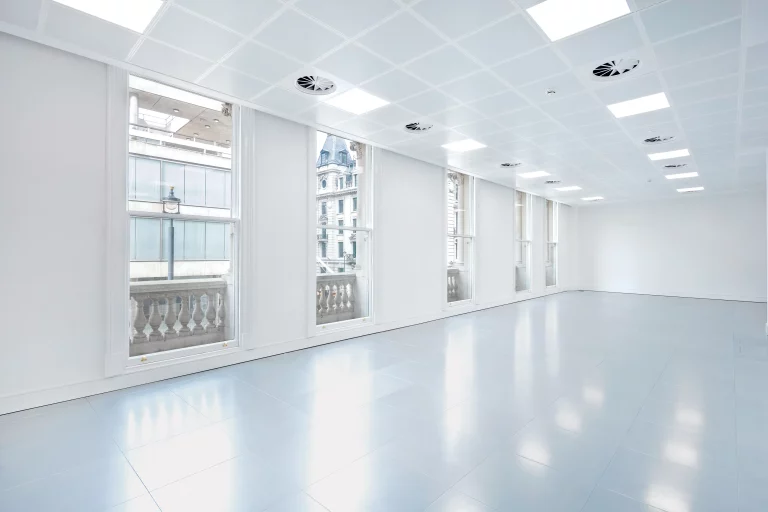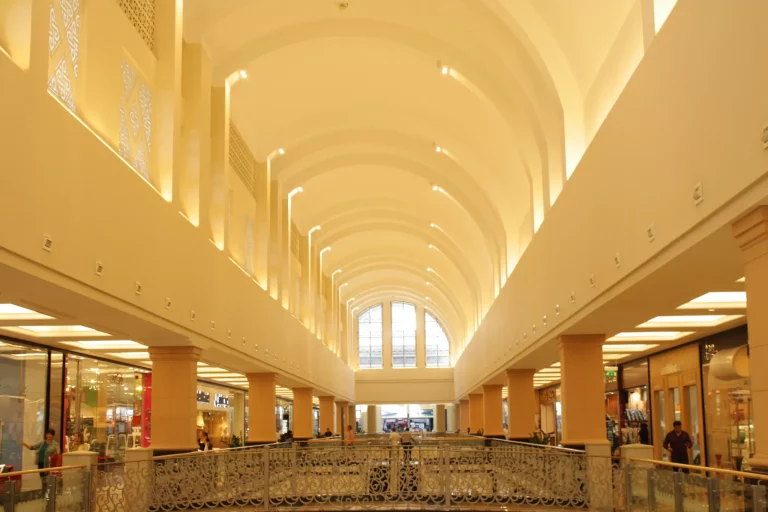Understanding the Energy Crisis Landscape
In recent years, the world has grappled with a multifaceted energy crisis characterized by rising demand, aging infrastructure, and economic instability. This triad of challenges compels us to reconsider our approach to energy consumption and efficiency. As we strive for a sustainable future, energy efficiency emerges as a critical pathway—not just an option but an absolute necessity.
The Essential Role of Energy Efficiency
Short-Term Benefits: Immediate Cost Savings
Energy efficiency is not merely a buzzword; it has tangible benefits for businesses and consumers alike. In the short term, implementing energy-efficient technologies, such as LED lighting retrofits, can lead to immediate reductions in energy consumption and significant cost savings. For instance, replacing traditional lighting with LED systems can result in decreased electricity bills, allowing both residential and commercial users to allocate resources to other pressing needs.
Long-Term Advantages: Building a Sustainable Future
Looking ahead, energy efficiency initiatives contribute to long-term sustainability goals, including the ambition of achieving net-zero carbon emissions. By investing in energy-efficient infrastructure now, we lay the groundwork for a cleaner, more resilient energy future. This proactive approach not only addresses immediate energy concerns but also supports broader climate action efforts.
LED Lighting: A Simple Yet Effective Solution
The Impact of Switching to LED
Transitioning to LED lighting is one of the most straightforward and effective measures we can take to enhance energy efficiency. In the United States, residential and commercial sectors combined consumed approximately 213 billion kilowatt-hours (kWh) of electricity for lighting in 2022—accounting for about 5% of total electricity usage.
LED bulbs are significantly more efficient than their incandescent and halogen counterparts, consuming up to 75% less energy and lasting up to 25 times longer. This transition not only reduces energy consumption but also lowers carbon emissions, making it a vital step towards achieving sustainability.

Advantages of LED Lighting
- Longevity: LED bulbs can last up to 50,000 hours, significantly reducing the frequency and cost of replacements.
- Cost-Effectiveness: The initial investment in LED technology is offset by long-term savings on energy bills and maintenance costs.
- Environmental Impact: The widespread adoption of LED lighting can substantially decrease overall energy demand, contributing to a lower carbon footprint.
Embracing Connected Lighting Solutions
The Evolution of Lighting Technology
The integration of Internet of Things (IoT) technology into lighting systems represents a significant advancement in energy management. Connected LED lighting systems can further enhance energy efficiency by enabling dynamic adjustments based on real-time data.
For example, facility managers can utilize connected systems to create customized lighting zones, optimizing illumination according to occupancy patterns. By employing presence-aware dimming, these systems automatically adjust light levels in unoccupied spaces, ensuring energy is utilized only where and when it is needed.

Case Study: Smart Cities Initiative
A prime example of this technology’s potential is found in New York State’s Smart Street Lighting program. Through this initiative, municipalities are upgrading to connected street lighting solutions, resulting in reduced energy consumption and improved city services. This innovative approach not only enhances public safety but also provides opportunities for additional smart city applications, thereby increasing overall operational efficiency.
Benefits for Consumers
Transforming Residential Spaces
Consumers also stand to gain significantly from the shift towards energy-efficient lighting. With nearly half of U.S. households now using LED light bulbs, the transition is well underway. Ultra-efficient lighting options available today can help consumers reduce their energy consumption by up to 40% compared to traditional bulbs.
The Broader Impact on Energy Consumption
This shift towards LED technology in homes not only decreases electricity bills but also plays a crucial role in reducing the overall demand for energy. As more households adopt energy-efficient practices, we collectively move closer to achieving significant reductions in carbon emissions.
A Call to Action: Building a Sustainable Future Together
Transitioning from conventional lighting to LED and connected lighting solutions may seem daunting. However, it is an essential step toward reducing energy consumption and achieving climate action targets. We, as a global community, must recognize the importance of energy efficiency as a non-negotiable aspect of our sustainability efforts.
Join the Movement Towards Energy Efficiency
As leaders in the lighting industry, we are committed to supporting businesses, municipalities, and consumers in their transition to energy-efficient solutions. By working together, we can navigate the current energy and economic crises while simultaneously addressing the urgent challenges posed by climate change.
In conclusion, embracing energy efficiency is not just a nice-to-have; it is a fundamental requirement for a sustainable future. We invite you to reach out and learn more about how we can assist in your journey towards energy efficiency and sustainability.
By prioritizing energy efficiency, we pave the way for a brighter, more sustainable future. Let’s take action now and transform our approach to energy consumption for generations to come.




